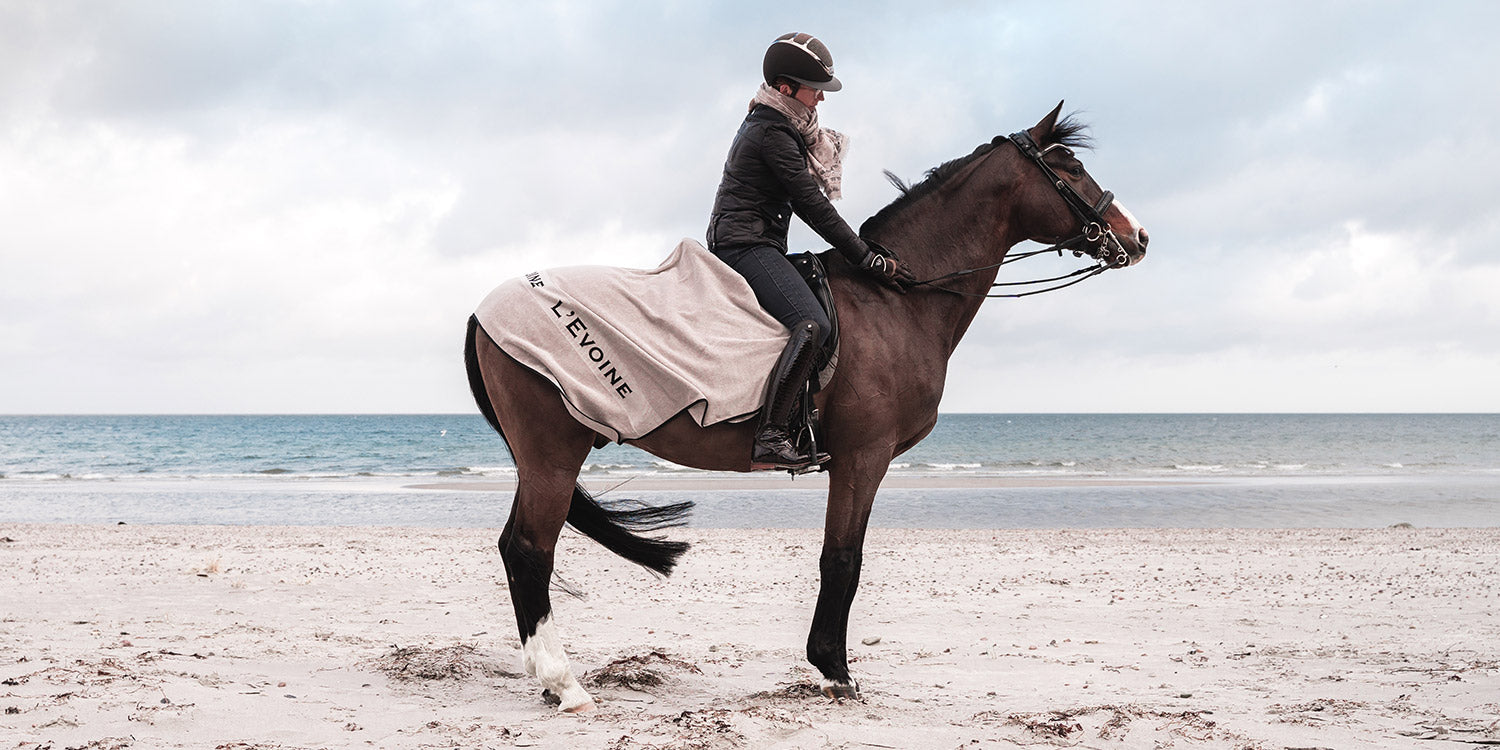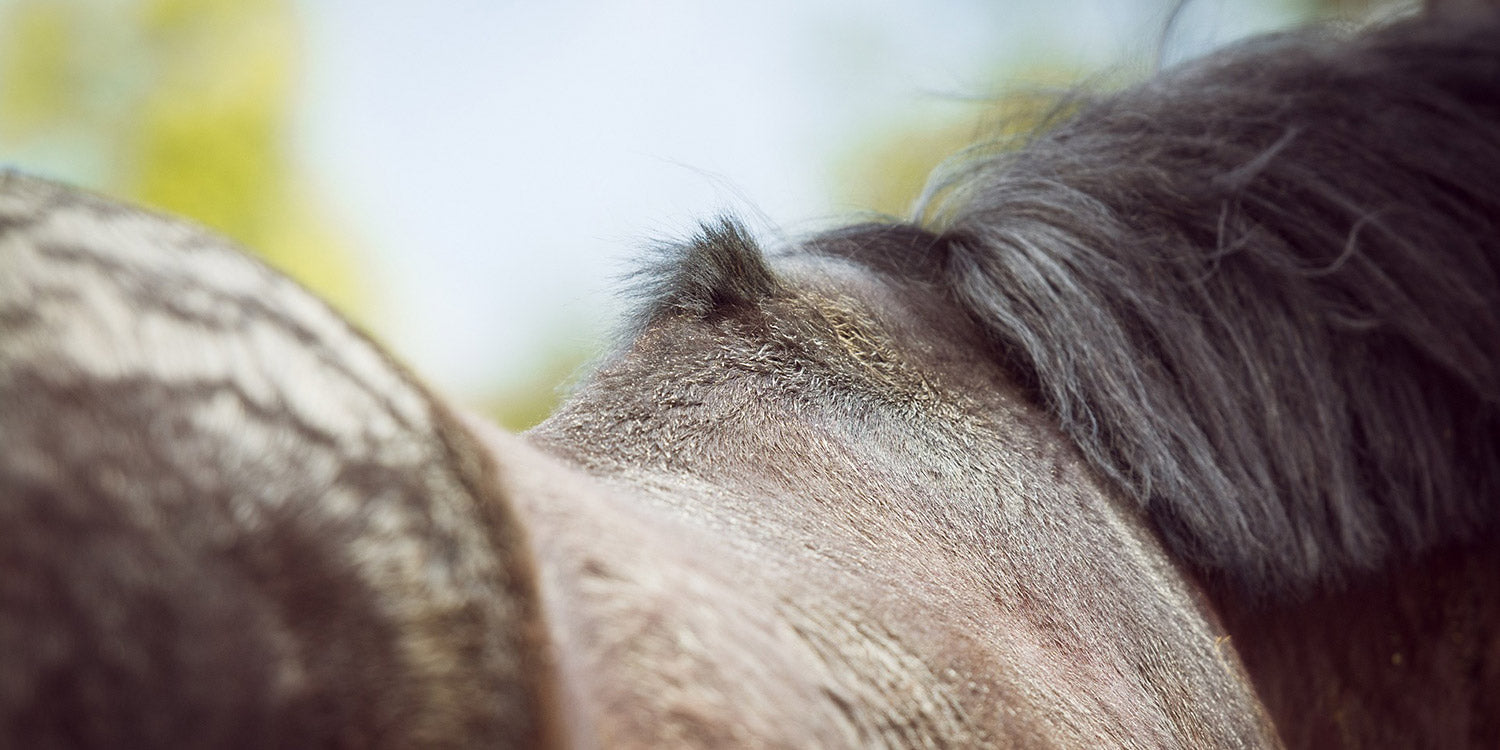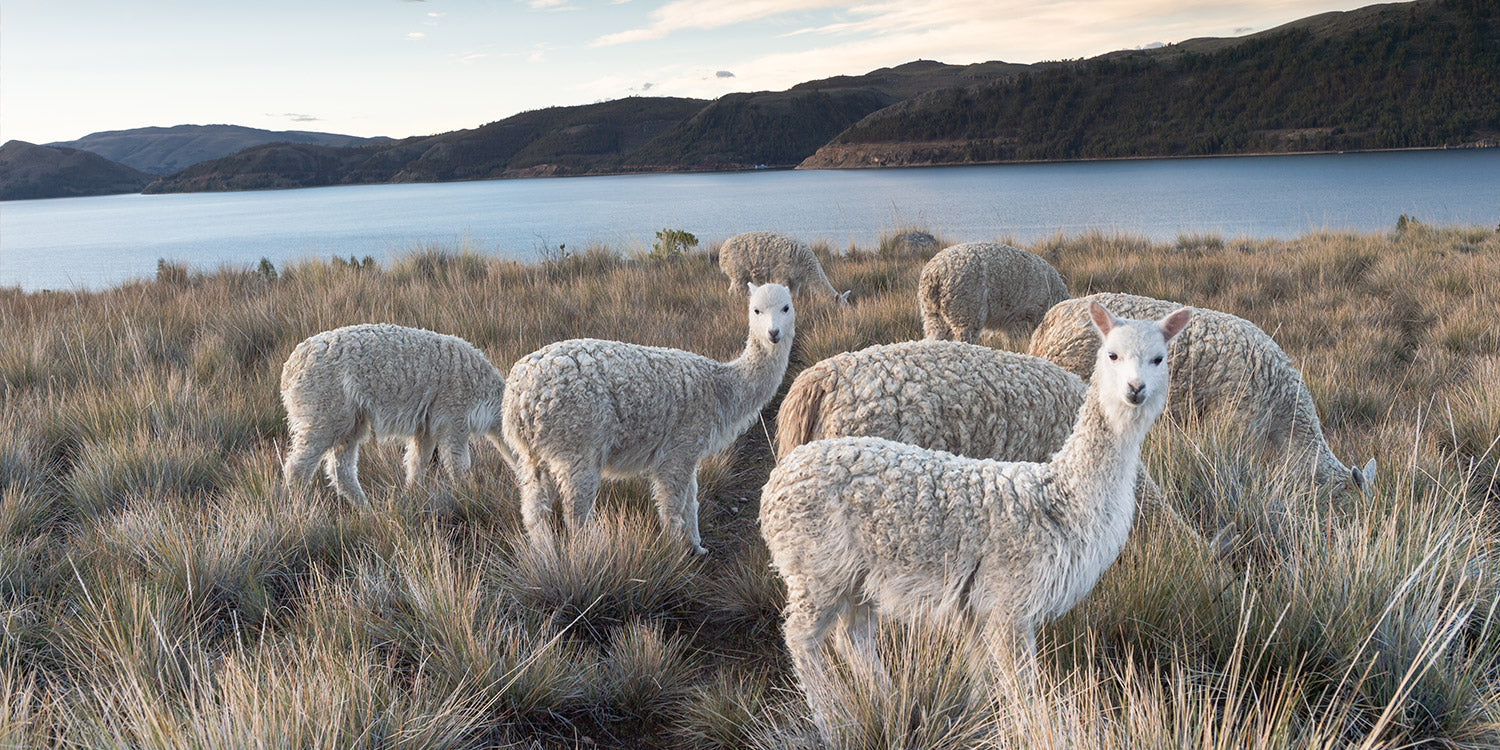
Winter under control: Important tips on shearing horses
Clipping a horse is an important aspect of horse care that is particularly important in the colder months. In this blog post we will look at the topic of horse shearing in detail and answer the most important questions.
When should you clip a horse?
The decision to clip a horse depends on various factors, including the horse's individual well-being, weather conditions and the intensity of training. In general, you should clip horses when:
- It involves working regularly during the winter and sweating heavily.
- The coat is too thick and it takes too long to dry the horse after training.
- The temperatures are constantly below 10°C and the horse freezes without clipping if it is sweaty or wet and only dries slowly with its winter coat.
Advantages of shearing horses
Shearing offers a number of advantages:
-
Improved cooling: Clipped horses can cool down more quickly after training, reducing the risk of colds and muscle strains.
-
Efficient care: Clipped horses are easier to care for because the coat absorbs less dirt and moisture.
-
Optimal training: If you ride your horse in winter, you can work efficiently despite cold temperatures and sweaty work without him sweating too much in his thick winter coat.
When should you stop shearing?
There are situations where shearing may not be the best option:
-
Horses that are not working: Horses that are just grazing during the winter and are not being ridden should not normally be clipped.
-
Lack of suitable winter equipment: Well-insulated blankets, padded saddle pads and girth protectors are required, otherwise the horse could suffer from the winter conditions or develop pressure points in the saddle position. It should also be noted that there must be the capacity to cover the horse regularly and to change it from a stable blanket to a rain blanket for the pasture.
-
The horse has problems changing coats: Some horses have difficulty changing between summer and winter coats. If the horse has had problems with fur formation or shedding in the past, clipping in the fall could be counterproductive.
Best time for shearing
The best time for clipping depends on the individual needs of the horse and the climatic conditions. However, shearing usually takes place in autumn, before temperatures drop significantly. This gives the horse enough time to develop a healthy winter coat.
How often should you clip a horse?
The frequency of shearing depends on the intensity of the work and the climatic conditions. Some horses may need to be clipped multiple times during the winter, while others can get by with a single clip.
What should you pay attention to when shearing?
When clipping your horse, it is important to use the correct technique to avoid injury. Sharp shearing blades should be used and worked in clean paths to achieve an even result. The horse should stand still and relaxed during clipping to avoid accidents.
Special accessories for clipped horses
If the horse is clipped, it may require additional care. Fine dust should be brushed out without leaving any residue before saddling to prevent chafing from small grains of sand. The skin is now more sensitive because there is no thick layer of fur in between. Ideally, a padded saddle pad andsoft, breathable girth protector should be used to avoid pressure points and friction and to protect the sensitive skin from chafing in the saddle position and also open spots in the girth position. Alpaca wool is particularly suitable for this as it is anti-allergic and extremely gentle on the horse's skin. In addition, the alpaca fleece promotes constant temperature equalization in the saddle position, so that the horse is completely dry in the saddle position after riding. In addition, the coat in the saddle position could be prone to hair breakage because the hair is shorter and not as dense. Here too, the soft, pressure-distributing alpaca fleece helps to prevent hair breakage and thus avoid chafing and bald spots. The stable blanket must be sufficiently insulated, breathable and waterproof to protect your horse from the weather.
Overall, shearing is an important consideration for horse owners, especially in the winter. Proper clipping can improve the horse's well-being and increase the efficiency of training if done carefully and paying attention to the horse's needs at all times.


